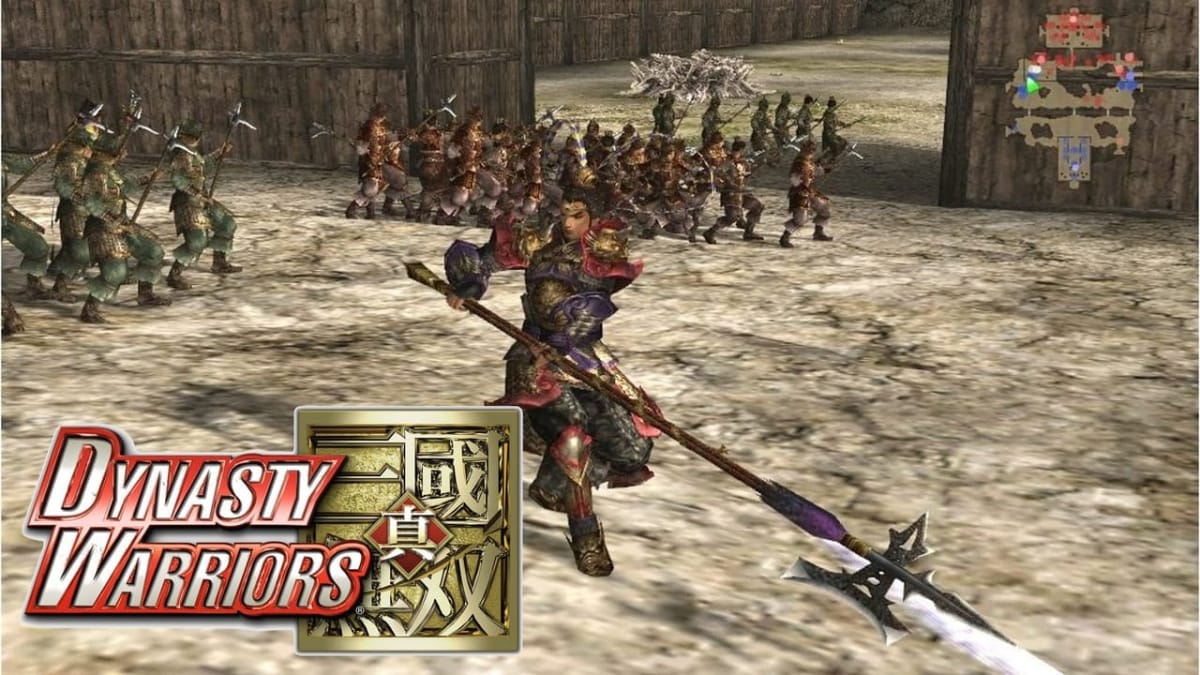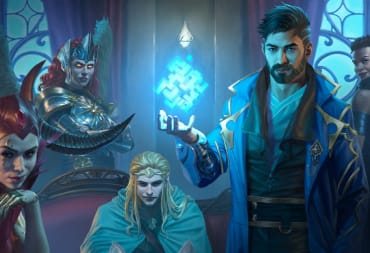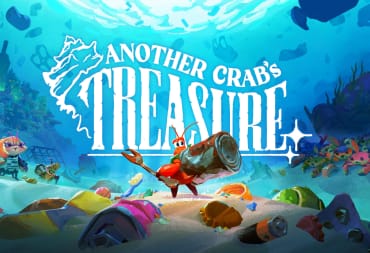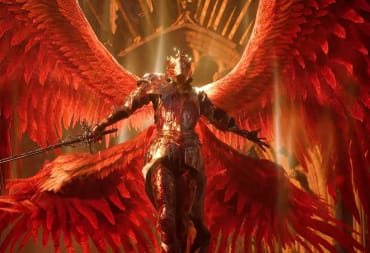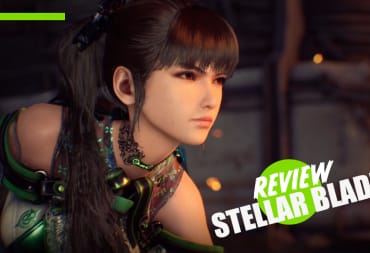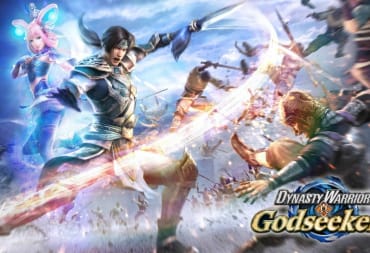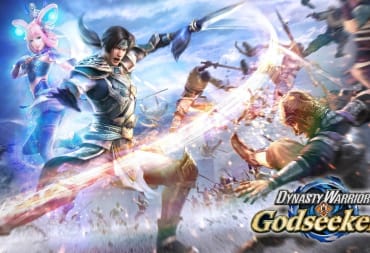Over the years many video game franchises have come and gone but only a few have left a large enough impact that they've almost been able to create their own genre. Dynasty Warriors wasn't always what we know today of heading out into a battlefield and taking on hundreds of foes at once as you move forward with an army to a mutual goal, and while we now see plenty of Warriors titled spin-offs, it's interesting to remember that Dynasty Warriors itself originated as a spin-off.
The first Dynasty Warriors game was released in 1997 for the PlayStation and was a one-on-one fighting game that was similar at the time to Soul Blade, the first game in the Soul Calibur franchise. Like the Soul Blade series, all combat was also weapon-based, allowing players to not only attack their opponents, but if you can recognize your opponent's movements, you can parry and leave your enemy open for an attack of your own.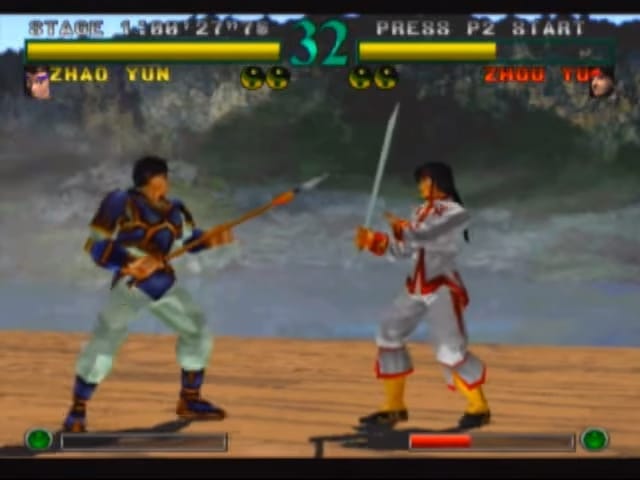
Dynasty Warriors was based upon a turn-based strategy called Romance of the Three Kingdoms, which was in turn based on the Chinese historical text Records of the Three Kingdoms. These games follow battles from the Three Kingdoms period with the end goal being to unite China under one ruler. It was only with Dynasty Warriors 2, as it was called in the West, and onwards that the Musou Mode that the franchise is most known for was introduced.
The difference in gameplay between Dynasty Warriors and Dynasty Warriors 2 was very different, even though the titles are similar; this difference is made more apparent in Japanese, as the original titles were Sangokumusou and Shin Sangokumusou respectively. The "Shin" in this context is used to mean the equivalent of "The New," thus separating the first game from the rest of the series. Due to this difference not being noted in western releases, there has always been a numbering discrepancy between the two regions.
Even during the Musou Mode introduction, it was a single storyline that you would play from the perspective of the general of one of the three kingdoms. As Dynasty Warriors, and the systems you could play it on, continued to develop, you could play a different story for each of the many main characters on all sides of the war.
A general that you play as in one storyline might end up meeting an important soldier in a battle that you end up playing as in a different run-through of the campaign. In recent years, though, for Dynasty Warriors 8 and 9 there is only a single campaign but Musou Mode has you take part in all of the largest conflicts across the storyline, changing between each character as they become relevant.
It's not just the original Romance of the Three Kingdoms that Dynasty Warriors' famous Musou mode has changed, though. Through a number of franchised spin-offs, Koei Tecmo has given players new ways to experience the worlds of characters that they have spent their whole life with, such as Link and The Legend of Zelda or Monkey D. Luffy of the One Piece series.
This trend is continuing even now with the release of Berserk and the Band of the Hawk and the coming Fire Emblem Warriors as more and more companies license out their characters instead of attempting to imitate Koei Tecmo's style. The most recent release for Dynasty Warriors has been a return to its roots of inspiration in Dynasty Warriors: Godseekers, a tactics game for PlayStation Vita and PlayStation 4.
Have a tip, or want to point out something we missed? Leave a Comment or e-mail us at tips@techraptor.net
